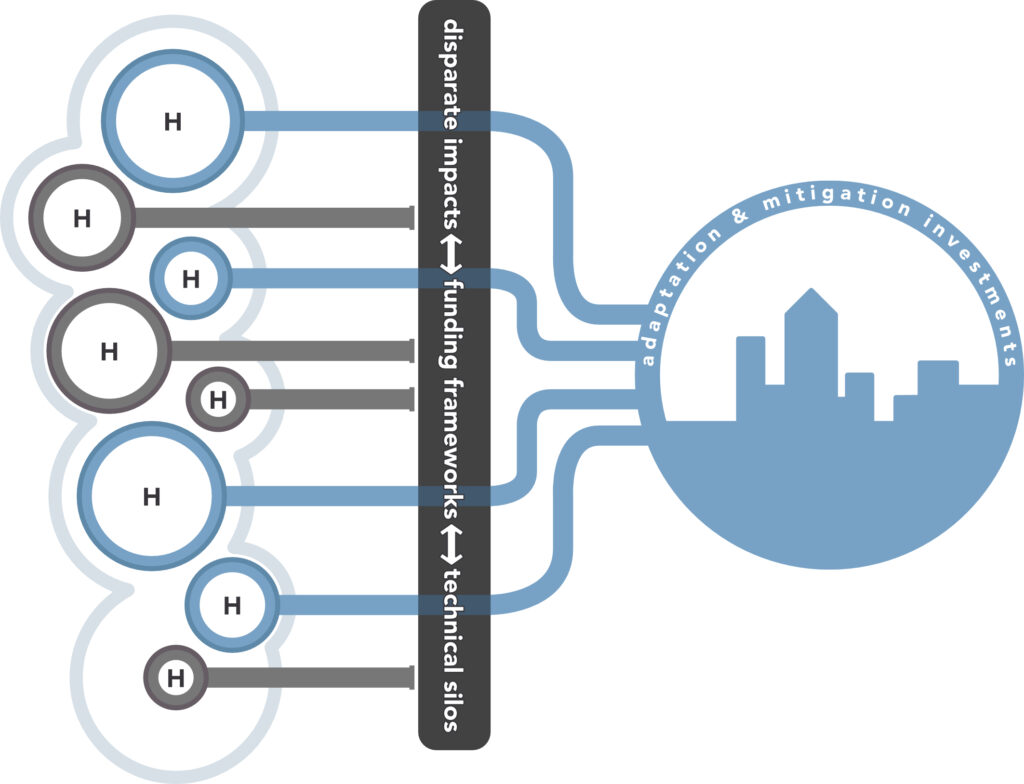Frontiers in Climate – June 2022

“After centuries of adapting to coastal living, increases in stormwater and tidal flooding events, along with projected sea level rise, led Charleston, South Carolina, USA to define flooding as an existential threat to the city. With billions of planned flood management projects underway, and additional billions of federal disaster flood recovery funds allocated to the State of South Carolina, the Governor’s office established a South Carolina Office of Resilience in September 2020, with a focus on water management. The City of Charleston developed its own Flooding and Sea Level Rise Strategy. Simultaneously, the fourth National Climate Assessment pointed to heat health risks and projected costs of lost labor productivity concentrated in the Southeast, yet local recognition of heat as an equivalent threat to flooding was not apparent. Although Charleston’s All Hazards Vulnerability Assessment included extreme heat as a significant hazard, without a group focused on heat, ongoing work in the city continued to prioritize water management as annual flood events rapidly escalated. This narrow adaptation framing was further solidified as funding focused on flood recovery and adaptation and technical experts worked within water-related boundaries. These interacting forces led to Hazard Bias, an inherent organizational process of reinforcing focus on a single hazard in the context of compound, complex hazard risks. To adapt to increasing heat, Charleston will need to raise compound risk awareness and adjust its capital investments in resilience to be inclusive of heat mitigation and adaptation as well as water. Yet in 2020 Charleston lacked basic urban heat data, technical expertise, and a strong source of motivation to develop a prioritization approach for recognizing multiple risks and complementary adaptation opportunities in those investments. Recognizing the inherent bias, a new coalition of heat researchers, practitioners, and health experts launched a tripartite heat-health research program and spurred the development of a new heat network in Charleston. The network reduced hazard bias by raising heat-health risk awareness and by intervening in adaptation planning to broaden water-only considerations to be inclusive of water AND heat. This paper provides a detailed case study how the intersections of multiple networks, messengers, and messages contributed to broadening the local resilience agenda from a “hazard bias” and how the lessons learned during this transformative process further reveal health inequities.”
Barnes, J., & Dow, K. (2022). Water AND Heat: Intervening in Adaptation Hazard Bias. Frontiers in Climate, 4. doi:10.3389/fclim.2022.868017

